Alarik Guajardo
Maple City Dispatch: stories from the former “Fence Capital of the World,” Adrian, MI
by Nathaniel Berry
In 1999, Justin Prater broke a green walnut across my jaw on the walk home from fifth grade. I didn’t know it at the time, but it was the beginning of a campaign of sustained violence that easily could have suppressed my compassion, if not for something my dad said. In a rare moment of seriousness, he sat me down in his study and told me that he hoped Justin Prater got the help that he needed: no one would commit an act of cruelty unless they were suffering. I don’t know if Justin Prater ever got the help he needed, but if I had to guess, he probably didn’t.
In 2013, Alarik Guajardo was arrested in Adrian for a crime the state describes as “Criminal Sexual Conduct 4th Degree Force or Coercion.” There is nothing at all unusual about the deal Alarik received. Prosecutors hate taking cases of sexual assault to trial, and they usually don’t. Getting a jury to believe a victim in such cases requires regular people to acknowledge the demimonde of violence thrumming behind ordinary places like Adrian, Michigan.
Alarik spent the next two years on probation. He was ordered to avoid the address of his victim, to undertake two weeks of hard labor, to refrain from alcohol and drugs, continue counseling and use of his medication. He made steady payments of $62.50 throughout 2013 and 2014; during this time, he gave his address as Broad Street, a white two-story house occluded from the road, as most houses in Adrian are, by plump and stately maple trees. According to the court records for his third (and almost certainly final) arrest, Alarik became homeless sometime between 2015 and last Wednesday.
There is one homeless shelter that admits single men in Lenawee County, and when COVID shut the state down, they closed their doors to new residents. They hosted 60 guests at the start of quarantine: they were permitted to leave, but not to return. The shelter is windowless, the sleeping communal. Most left, and during the worst of the lockdown, the shelter housed fewer than twenty residents. Nowhere else to go, people took to the parks, the abandoned parking lots behind derelict stores. Was Alarik, some nights, on the couches of acquaintances, or extended family? Did he find shelter beneath the picnic structures in Trestle Park? Did he sleep in the camp behind the old Hobby Lobby, or was he down by the creek behind Lowe’s?
Despite the fact that we all went to the same schools and grew up playing in the same parks, Adrian has the typical response of American cities to people in need: banning sleeping in certain places, closing parks and trails at night, calling men in uniforms to drive away the dispossessed. If you were banished in America, where would you go?
Alarik went to Meijer’s. He stabbed an 85-year-old man to death. He stabbed him in the neck and face with a knife that he carried concealed beneath a trench-coat, which Alarik wore in spite of the unseasonable heat. At the time of writing, it is believed that the two men did not know each other, and the spark for their altercation may never be known. A woman with a concealed carry license held Alarik at gunpoint. He lay on the floor of the Automotive Section, beside his victim, until men in uniforms arrived to take him to the County Jail.
At some point in our life’s journey, Alarik decided to go armed into Meijer’s and to take a human life. At least one other person, armed with a deadlier weapon, was in the store too, the woman who apprehended him. Adrian is the kind of town that major media like NPR describe as sleepy — but nobody really knows what that means. If they refer to the murder rate, it’s still well below the national average. If they refer to how many people go shopping for groceries and home goods, ready to die and kill at the drop of a hat, then it’s anything but.
Violence has always been a part of life in Adrian. We get a murder every ten years or so: the man who was gunned down on my street corner for borrowing the wrong car from the wrong person; the kid I went to high school with who killed his Nazi parents in their bed with one of their own rifles. But it’s much more than the murders. Always has been. At Drager Middle School, I learned to move through a crowded hallway braced for the daily attack; I learned to use a combination lock as a brass knuckle, a backpack as a warhammer. It ended for me in high school, when boys stopped hurting me and started hurting girls instead, graduating from physical to sexual assault as they matured. In Alarik’s case, he graduated to open murder when life got so hopeless it was no longer necessary to pick a victim who wouldn’t be believed.
I don’t know Alarik. He wears his hair the way I used to, wears a trench-coat in all weather as I did when I lived in Adrian. He carries a knife, and that makes sense to me—it was Adrian that gave me the need to travel armed. If I’d spent the past five years like Alarik, who would I be willing to kill? It is uncomfortable to acknowledge the relationship between acts of violence. The way Adrian treats its homeless citizens, the way its schools teach people to fight, the way its courts incentivize through negligence certain kinds of victims for the opportunistic inflictor of pain: these structures collaborate, amplify—and until we develop the compassion to understand and confront the modes of violence in sleepy towns like Adrian, people will continue to die.

